Which planet has the most moons and how many
26th Mar 2023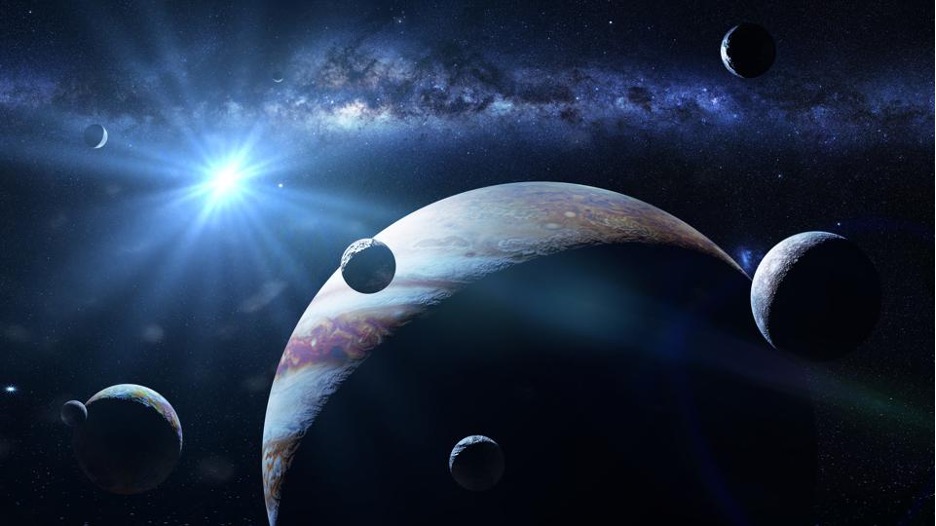
Our solar system is a very interesting place to study, as it is inhabited by a huge number of celestial bodies with different properties. In addition to the eight large, well-known planets, it contains five more dwarfs, trans-Neptunian objects and asteroids, many of which have their own moons. This article will explain what celestial body is considered a satellite and which planet has the most moons.
What is a moon?
A natural satellite is generally considered to be a celestial body that revolves along a certain trajectory (orbit) around another object in outer space under the influence of gravity. The concept was first used by Johannes Kepler back in 1611 in his work “Narration Concerning the Jovian Satellites.” However, the International Astronomical Union (IAU), which has had the power to name the planets and their satellites for over 100 years, has not yet introduced a precise definition of a natural satellite.
It would be wrong to consider just any celestial body that revolves around another larger one as a moon because then even dust particles would fall under this category. However, based on the definition of a “planet” adopted by the IAU in 2008 (which we already discussed in our article “What is the Smallest Planet in our Solar system”), one can point out three criteria a space object must meet to be considered a moon:
- Its host object must be in a heliocentric orbit (that is, revolving around a planet, dwarf planet, or asteroid, and together, they must revolve around the Sun).
- It should be roughly spherical but smaller than the host object. Exception: gravity-captured asteroids.
- It must be massive enough to clear most of its orbit from debris to become the dominant object in that orbit.
According to NASA, the total number of currently registered natural satellites in the solar system reaches almost 700, and this figure is growing due to new discoveries. Let’s find out, which planet has the most moons?
Which inner planet has the most moons
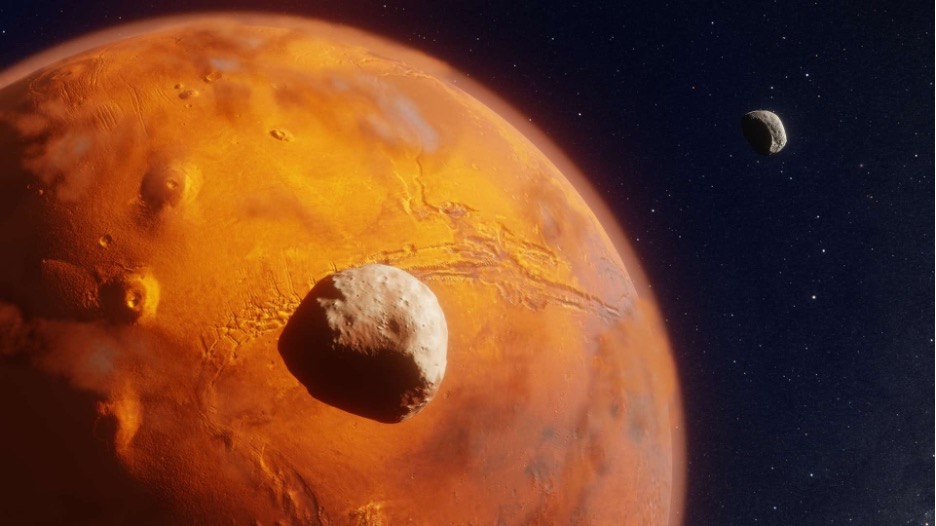
The four inner planets, or terrestrial planets, have only three satellites, two of which belong to Mars. Phobos and Deimos were discovered by the American astronomer Asaph Hall in 1877, and their irregular shape and carbon-rich composition suggest that they are former asteroids captured by the gravitational field of Mars.
Earth has one satellite
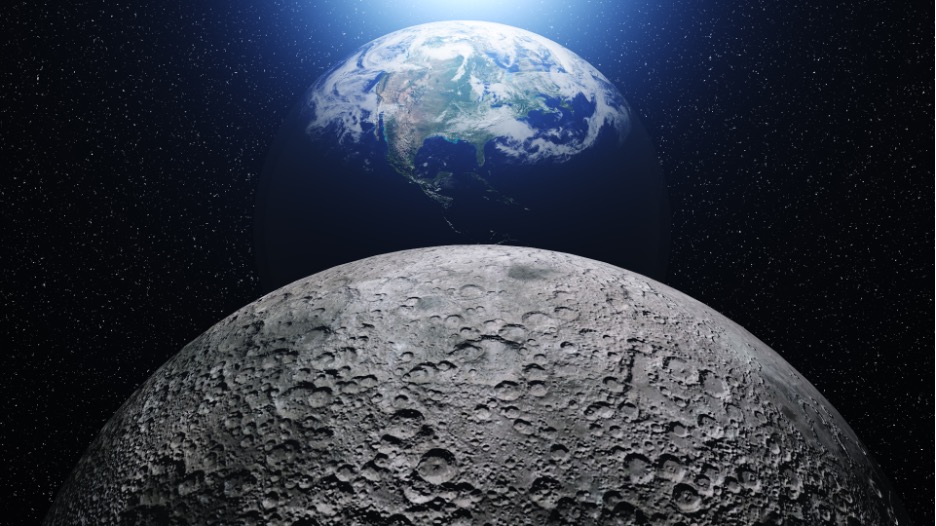
Its name is the Moon, and because it was discovered first, all the other natural satellites are named after it. It is believed that the Moon was formed as a result of our planet’s collision with another planet, Theia, almost 4.5 billion years ago. The cores of the planets merged from the impact, and fragments of their silicate mantles were thrown into space, forming a satellite.
Why don’t Venus and Mercury have moons?
The fact is that the Hill spheres of these planets (areas of space in which bodies can move while remaining a satellite of the planet) are too small, and their proximity to the Sun makes it impossible to capture a satellite in the gravitational field due to the stronger gravity of the Sun.
There are also a number of hypotheses suggesting that Mercury was a satellite of Venus once but was attracted by the Sun. In its turn, Venus could have received its satellite as a result of a collision with another large object. This is supported by the fact that Venus is the only planet rotating in the opposite direction, which could probably be caused by the consequences of such an impact.
How many moons do the outer planets have?
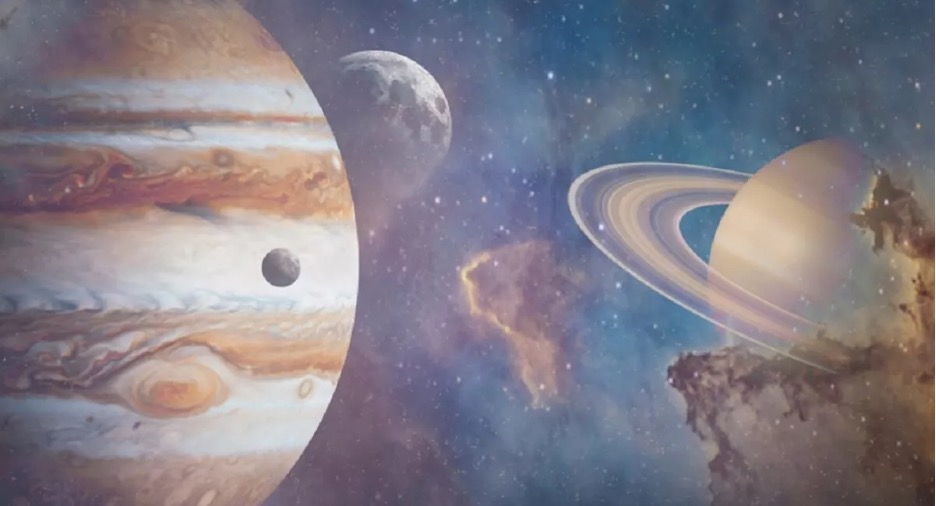
Gas giants are true to their name: they are very large. The greater volume of space in the outer solar system and the lower gravity of the Sun allowed Jupiter, Saturn, Uranus, and Neptune to draw in a lot of gas, dust, and ice during their formation, which is what made them so massive. Many tiny moons formed from the leftover material, and powerful gravity made it possible to capture passing asteroids. As a result, today, the gas giants have over 200 satellites!!! But which planet has the most moons and how many?
Which planet has the second most moons?
It is currently Saturn. The sixth-most distant planet from the Sun has 83 moons, 54 of which have been confirmed, and 29 are awaiting official names. Their size ranges from 123 miles across (Mimas) to 1600 miles (Titan). The two most studied are Enceladus and Titan.
However, Saturn was not always considered second as far as the number of moons is concerned. Until very recently, it was dubbed the leader, four satellites ahead of its closest competitor, Jupiter. What happened?
Which planet has the most moons in our Solar system?
In early February 2023, Jupiter regained the title of the planet with the most satellites, which it had already held until 2019. After the discovery of 12 new moons, this gas giant now has 92 confirmed natural satellites, and scientists hope to find more.
Such a large number of satellites in Jupiter’s orbit is not accidental. Jupiter is the largest planet in our solar system. The 5th planet from the sun is more than double the size of all the other planets combined. Jupiter was first observed through a telescope by Galileo Galilei in 1610. The scientist also discovered four satellites of the planet – Io, Europa, Ganymede and Callisto, which are still considered the largest. You can read more about Jupiter in our separate article on this gas giant.
Which planet has the most moons in the universe?
Unfortunately, humanity does not yet have the technology that would allow us to determine the exact number of natural satellites in our Universe. All we know is that there are about 2 trillion galaxies in the universe, each of which may contain at least 100 billion stars. These stars may have one or more planets, and these planets may have hundreds of satellites. With this in mind, a quick calculation suggests that the total number of moons in the universe may exceed 1 trillion.
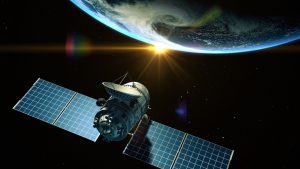

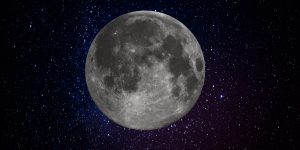
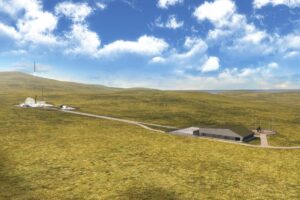


Thank you for your comment! It will be visible on the site after moderation.